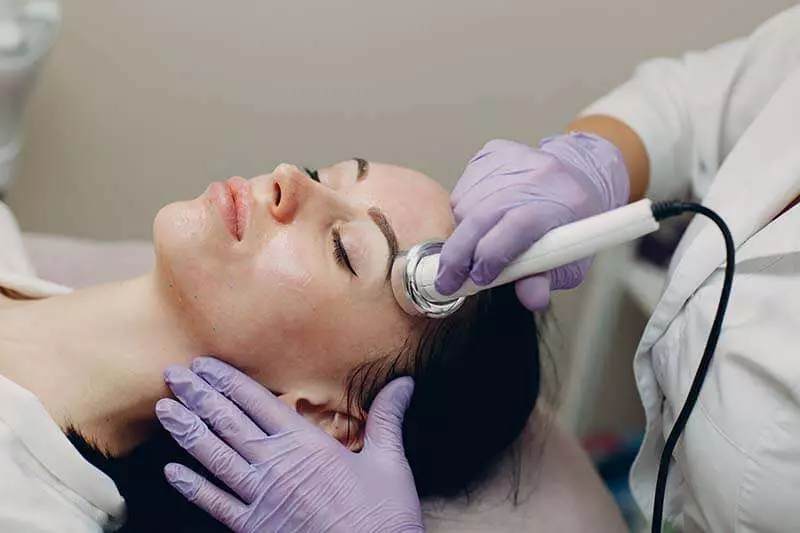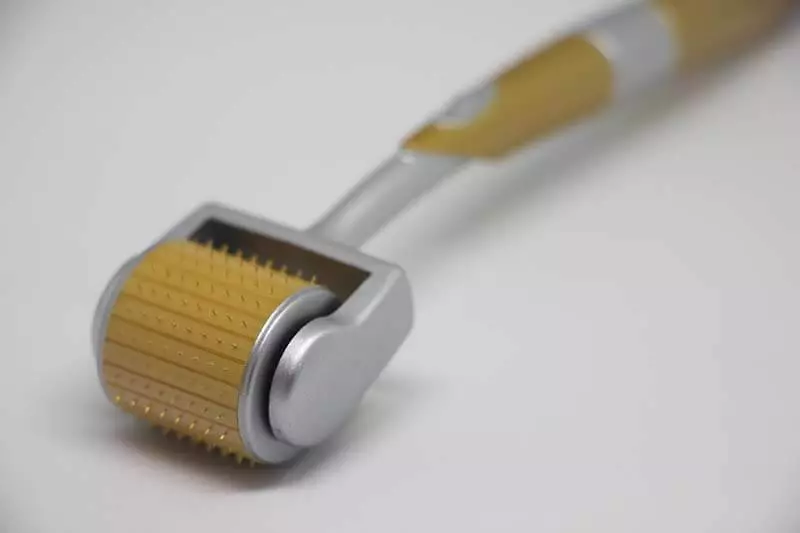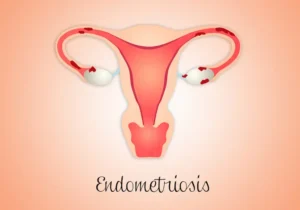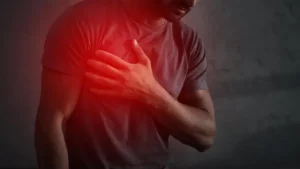What Is Microneedling?
Microneedling is a relatively new type of cosmetic treatment that uses tiny sterile needles to prick the surface of your skin. This causes your body to produce more collagen and elastine, which helps your skin heal itself. This improves your skin health and skin texture, giving you more youthful skin. It does this by skin tightening; making it smoother and improving the appearance of skin.
The microneedles are usually used on the face and neck, although some practitioners use them on other parts of the body like arms, legs, chest, abdomen and hands. They work best on areas where there is little hair growth, such as the cheeks, forehead, chin and nose.

How Does It Work? : the microneedling procedure
When you first go for microneedling, your practitioner will apply numbing cream or gel to your skin before using the microneedle device. The microneedles themselves are very small (about 1/16th inch long) so they don’t hurt when they penetrate your skin. Once the needle has been inserted into your skin you may feel a slight tingling sensation, but this should disappear within seconds.
After the procedure, your practitioner will remove the microneedles from your skin with tweezers. They will then cleanse your skin with an alcohol-based solution. Your practitioner will also apply a moisturiser to your skin after removing the microneedles.
The procedure usually lasts about 15-20 minutes and costs anywhere from $100-$300 per session. Some clinics offer discounts for multiple sessions or packages.
When You Get Microneedling Done, What Happens?
Microneedling is a cosmetic treatment that uses tiny holes to stimulate the production of collagen and improve blood flow. It’s most commonly used to treat fine lines and wrinkles, but some people use it to smooth out acne scars, active acne marks and even treat stretch marks.
Dermatologists say that the best places to go for microneedling are doctors’ offices where there are trained professionals who know what they’re doing. They’ll take care of everything from prepping the skin to applying the needle.
Benefits of Microneedling
Microneedling is a treatment used to stimulate collagen production in the dermis layer of the skin. Collagen helps keep skin firm and supple. When you microneedle your face, it stimulates the growth of collagen fibers within the skin. This leads to smoother, softer looking skin.
The most common side effects include small bumps and redness. These usually go away within 24 hours. If you experience pain during the procedure, stop immediately. You may want to use ice packs to reduce swelling around the area.

Microneedling Risks
The term microneedling describes a process where tiny needles are used to penetrate the surface of the skin. This method is often used to treat acne scars, stretch marks, sun damage, hyperpigmentation and cellulite. During microneedling treatment, a small number of very fine needle punctures are applied to the skin. These punctures cause microtrauma to the dermis, stimulating cell growth and collagen production. In turn, the newly formed tissue fills in the holes left behind.
While many patients report significant improvement after one or two sessions, others require multiple treatments over several months to achieve long-lasting effects. Microneedling is generally safe, although some side effects include minor bruising, redness, tenderness, swelling, itching and pain. More serious complications include risk of infection, scarring, bleeding and nerve injury.
If you’re experiencing more severe side effects, call your doctor right away. You may not be an appropriate candidate for microneedles if you have certain skin conditions or skin irritation (such as psoriasis, eczema, or rosacea), have open wounds or active pimples, have had radiation therapy recently, or have had previous skin scarring from surgery or burns. Also, pregnant women may need to be cleared first by their obstetricians or gynecologists.
Is Microneedling Safe? What Are the Costs?
While most people consider microneedling to be a safe procedure, there are some things you should know about it. Here are some safety precautions and costs associated with the procedure.
1. Preparation
Before undergoing microneedling, dermatologists recommend using a topical numbing cream. The cream will help minimise discomfort during the procedure.
2. Side Effects
The biggest risk with microneedling is getting an infection. If you’re prone to infections, such as those caused by cuts or open wounds, you shouldn’t do this procedure.
If you do go ahead with the procedure, make sure you keep your skin clean. Use soap and water to wash off any makeup and dirt. Then apply moisturiser afterward.
3. Recovery
After the procedure, you may experience mild soreness and redness. Most people feel better within 24 hours. However, if you have a cut or wound, you should avoid touching it until it heals completely.
4. Results
You should see results immediately after the first session. You might notice slight improvements after a few weeks. But if you want more dramatic results, you need to continue with additional sessions.
5. How Long Does It Last?
Most people find that their results last between three and six months. But some people report lasting up to a year.
6. Cost
This depends on where you live. In the United States, prices range anywhere from $50 to around $300 per session. Some clinics offer discounts for multiple sessions.
Microneedling Devices
Home microneedling kits are becoming more and more common. They’re widely available and affordable. Rollers used at home typically use shorter, duller needle tips than those found on professional microneedling machines.
Rollers used at home don’t provide the same level of treatment as those used in medical clinics or spas. And like most things involving needles, there’s always a risk involved.
Like professional microneedling tools, home rollers can carry germs if they aren’t cleaned properly. So it’s important to disinfect both the roller and the area being treated.
And while home rollers are less expensive than professional microneedlers, they still cost about $50-$150 per session. Prices vary depending on how many sessions are needed and whether additional treatments are included.
FAQs for Microneedling
Is it generally safe to add PRP to Microneedling treatment?
Yes. PRP, which stands for platelet rich plasma, is considered to be safe when added to microneedling treatment. This is a concentrated form of platelets found in human blood. Platelets contain important growth factors that stimulate cell regeneration and begin the healing process. They’re used to treat many different conditions including acne scars, wrinkles, stretch marks and even some types of cancer. In fact, it’s been around since the 1970s.
But what about microneedling? Is it safe?
While microneedling treatments are generally considered safe, there are still certain things you should know. Here are six things you should avoid doing while getting microneedled.
1. Don’t use alcohol. Alcohol dries out the skin, making it harder to penetrate. Instead, try using a moisturiser or oil like argan oil.
2. Avoid exfoliating too much. Exfoliation removes the natural protective barrier of the skin, allowing penetration into deeper layers. This could lead to irritation. If you must exfoliate, make sure to use something gentle such as glycolic acid or salicylic acid.
3. Don’t overdo it. You don’t want to damage the skin. Try starting off with three sessions per week and slowly increase to five times a week.
4. Don’t mix up ingredients. Don’t add vitamin E or retinoic acid to your microneedling treatment. These products can cause severe side effects.
5. Don’t apply makeup immediately after your microneedling session. Makeup clogs pores and prevents the skin from absorbing nutrients. Wait 24 hours before applying foundation.
What makes Microneedling different from laser skin resurfacing?
Microneedling is a minimally invasive procedure used to stimulate the body’s natural wound healing response. This is done by creating microchannels into the surface layers of the skin, which are filled with growth factors and nutrients. These channels are typically 2–4 mm wide and about 0.5 mm deep. Laser skin resurfacing uses larger diameter needles that penetrate the epidermis and dermis, causing deeper damage and resulting in longer recovery periods.
The biggest advantage of microneedling over laser resurfacing is it doesn’t require downtime, unlike laser treatments. While some patients experience redness and minor swelling immediately following treatment sessions, most find no pain or discomfort.
Is Microneedling effective for people with dark skin?
When combined with laser therapy, microneedling can increase the risk of post-procedure hyperpigmentation. Some studies suggest that dark skin types are less likely to develop hyperpigmentation following microneedling treatments.
However, because the evidence is limited, it’s important to discuss potential complications with your doctor prior to undergoing the procedure.





